
Yin Yoga is such a nourishing practice that is being practiced widely across the world, for cultivating stillness in life, improving flexibility, and especially mental clarity. Anchored in the ancient Chinese philosophies and traditions of Tao, Yin Yoga supplies a restorative and meditative counterpart to all the more energetic, yang-oriented yoga styles: Vinyasa or Ashtanga. That is an in-depth history, principles, benefits, poses, practical ways of executing Yin Yoga to incorporate into your life, and awareness of contraindications so practice can be safely done.
What is Yin Yoga?
Yin Yoga is a slow, meditative style of yoga. Long-held pose, typically three, four, or even up to five minutes, hold the slow flow of muscles and connective tissues stretching deep into the body’s ligaments, joints, and fascia, instead of engaging stronger muscles as in more physically demanding yoga practices. Yin Yoga is a practice of deep release, introspection, and surrender.
The heart of this practice stems from ancient Chinese medicine and Taoist philosophy, which emphasize harmony in the existence of conflict forces: yin and yang. While yang represents activity, heat, and energy, stillness, coolness, and contemplation belong to yin. By opening themselves to yin energy in long-held postures, Yin Yoga can encourage practitioners to balance their often yang-dominated lives and engender harmony in their bodies and minds.
Yin Yoga is, in itself, a very meditative practice that makes one more conscious and aware. As the body relaxes into stillness, the mind watches without judgment and cultivates profound presence and peace. It can be an ideal practice for people trying to get out of the turmoil of modern living.
The Origin of Yin Yoga
While Yin Yoga originates from ancient Chinese Taoist yoga practices, it was brought to the attention of the West by Paul Grilley at the end of the 20th century. Paulie Zink, one of his mentors, introduced Grilley to long-held passive poses, an inspiration that allowed him to work upon Zink’s teachings along with anatomy, mindfulness, and Chinese medicine, creating the style of Yin Yoga familiar today.
Yin Yoga centers around the idea of Qi (pronounced “chee”), life force energy flowing through the meridians or channels in the body. In Chinese medicine, the stagnation or blockage of Qi can lead to imbalances on the physical and emotional level. Yin Yoga is designed to help open and strengthen the flow of Qi to maintain energy and vitality. This alignment of the physical and energetic body with ancient Taoist principles is what makes Yin Yoga a profoundly holistic practice.
Principles of Yin Yoga
Yin Yoga is guided by three foundational principles that distinguish it from other yoga styles:
Finding Your Edge
In Yin Yoga, the practitioner is encouraged to find their “edge,” that point where they feel a moderate stretch and gentle discomfort but no pain. This principle ensures that the connective tissues are effectively stimulated without risking strain or injury. Finding your edge requires patience and mindfulness, as it’s about working with your body’s unique structure and limits rather than forcing yourself into a pose.
Holding the Pose
Yin Yoga is characterized by holding poses for three to five minutes or even longer. Holding these poses can lead to softened, stretched, and lengthened connective tissues over time due to the protracted stillness. Holding a pose also tends to create an impression of profound relaxation and inner reflection, making it possible to look at both the physical feelings and mental processes.
Mindfulness and Stillness
Mindfulness is an important part of Yin Yoga. A practitioner is trained to stay with whatever arises during the pose—be it the physical sensations, emotional responses, or thoughts that come up. Instead of reaction or resistance, the practitioner is invited to witness with curiosity and acceptance. That meditative approach to Yin Yoga results in inner peace and emotional strength.
Benefits of Yin Yoga
It brings numerous physical, mental, and emotional benefits for all levels of practitioners. The following are the key advantages it offers:
Improves Flexibility and Joint Mobility
Yin Yoga’s long-held poses target deep connective tissues that become stiff due to old age, a sedentary lifestyle, or lack of movement. Regular practice helps improve joint mobility, enhances flexibility, and maintains a healthy range of motion.
Enhances Fascia Health
Fascia is the connective tissue that surrounds muscles, organs, and bones. It plays a crucial role in the overall functioning of the body. Yin Yoga gently stretches and hydrates the fascia, improving body alignment and reducing the risk of injury. A well-maintained fascial system also supports smoother movement and less physical discomfort.
Promotes Relaxation and Stress Relief
Yin Yoga is meditative in nature because it activates the parasympathetic nervous system, often referred to as the body’s “rest and digest” state. This enhances relaxation, lowers cortisol, and reduces overall stress. Even deep breathing at the time of Yin Yoga furthers this tranquil effect, rendering practitioners refreshed and balanced.
Balances Energy Flow
Through stimulation of the body’s meridian lines, Yin Yoga improves Qi flow and helps in rebalancing energy. It can therefore contribute to a greater sense of vitality, quality sleep, and well-being in general.
Fosters Mindfulness and Emotional Balance
The quiet of Yin Yoga is a sanctuary for introspection and self-discovery. It is in observing one’s thoughts and emotions without judgment that a deeper connection to the self can be achieved and thus emotional strength and mental acuity are supported.
Helps Recovery and Healing
Yin Yoga is great as a supplement to more active forms of exercise such as running, weightlifting, or vigorous practice of yoga. It relaxes the muscles, reduces soreness, and brings about recovery in the body. It has thus become very popular among athletes and fitness enthusiasts.
Key Poses in Yin Yoga
Yin Yoga features a variety of poses designed to target specific areas of the body. Each pose has unique benefits and contraindications, which are outlined below to ensure safe practice:
Butterfly Pose (Baddha Konasana)
Target Areas Inner thighs, hips, and lower back.
How to Do It
- Sit on the floor with the soles of your feet together and knees dropping outward.
- Lean forward gently, allowing your spine to round naturally.
Benefits
- Opens the hips and groin.
- Stretches the lower back and improves flexibility in the inner thighs.
Contraindications
- Avoid if you have severe hip or knee injuries.
- Use a bolster under the hips for support if you experience discomfort in the lower back.
Dragon Pose (Low Lunge Variation)
Target Areas Hips, hip flexors, and quadriceps.
How to Do It
- Step one foot forward into a low lunge position, keeping the back knee on the ground.
- Allow the hips to sink toward the floor.
Benefits
- Improves hip flexibility and releases tension in the hip flexors.
- Strengthens and opens the quadriceps.
Contraindications
- Avoid if you have knee or lower back pain.
- Use padding under the back knee for additional comfort.
Caterpillar Pose (Seated Forward Fold)
Target Areas Spine, hamstrings, and calves.
How to Do It
- Sit with your legs extended forward and slowly fold over your legs, keeping your back relaxed.
Benefits
- Stretches the spine and hamstrings.
- Calms the nervous system and encourages relaxation.
Contraindications
- Avoid if you have herniated discs or severe sciatica.
- Place a bolster under the knees to reduce strain on the lower back.
Sphinx Pose
Target Areas Lower back and spine.
How to Do It
- Lie on your stomach and prop yourself up on your forearms, allowing the lower back to gently arch.
Benefits
- Promotes spinal health and relieves tension in the lower back.
- Stimulates the abdominal organs.
Contraindications
- Avoid if you have acute lower back pain or spinal injuries.
- Reduce the arch by lowering the chest closer to the floor if discomfort arises.
Reclining Twist
Target Areas: Spine, hips, and shoulders.
How to Do It
- Lie on your back and bring one knee across your body while keeping your shoulders grounded.
- Allow your torso to twist gently.
Benefits
- Releases tension in the spine and promotes detoxification.
- Stretches the shoulders and outer hips.
Contraindications
- Avoid if you have spinal injuries or severe shoulder discomfort.
- Place a bolster under the knee for additional support
Yin Yoga vs. Yang Yoga
Yin Yoga is quite different from the yang styles of yoga, like Vinyasa or Power Yoga, in its speed, focus, and purpose:
| Aspect | Yin Yoga | Yang Yoga |
| Pace | Slow and Meditative | Dynamic and fast-paced |
| Focus | Connective tissues | Muscles and cardiovascular |
| Energy | Cooling and introspective | Heating and energizing |
| Objective | Relaxation and mindfulness | Strength and endurance |
Both Yin and Yang Yoga can be part of your schedule, so you can enjoy all the benefits yoga has to offer and achieve total balance.
How to Add Yin Yoga to Your Lifestyle
- Begin with Short Sessions
Start with 20-30 minute sessions and increase the time as you get comfortable with the practice.
- Prepare a Comfortable Space
Practice in a quiet, peaceful space. Use props such as bolsters, blocks, and blankets to support your body.
- Practice Frequently
You can practice 2-3 times a week to reap the full benefits of Yin Yoga.
- Integrate with Other Practices
Pair Yin Yoga with dynamic activities like running, strength training, or Vinyasa yoga for a balanced routine.
- Practice Patience and Mindfulness
Focus on your breath, let go of expectations, and allow your body to open gradually.
Beginner Tips
Use Props Liberally: Blocks, bolsters, and blankets can provide support and make poses more accessible.
For Beginners
Kicking Off with Easy Asanas: Just start from simple, basic asanas like Butterfly or Sphinx to start feeling good and confident.
Listening to the Body: Do not force past your comfort zone and take breaks as and when necessary.
Advanced Practitioners
More Stretch, More Hold or Subtle Shifts: Try holding for more time or modifying it slightly to gain a better stretch.
- Advanced Pranayama: Dive into more serious breathing exercises that deepen the meditation required in practice.
- Variation Practice: Present yourself with new, more advanced poses or flow while being vigilant.
Spiritual Dimension of Yin Yoga
Yin Yoga also provides spiritual growth, not only in terms of physical benefits. Its meditative stillness fosters introspection and deep self-awareness, making it an excellent complement to meditation practices. Yin Yoga aligns with Taoist philosophy by emphasizing the balance of yin and yang energies, helping practitioners cultivate harmony with nature and their inner selves.
In addition, Yin Yoga acts as a gateway to mindfulness practice because it can be long and still enough to allow observation of thoughts and sensations without judgment. This resonates with the central tenets of mindfulness and meditation, which is being in the present moment. Many of the principles of Yin Yoga are also similar to those of Taoism, including following the natural cycles of life and embracing the power of stillness and surrender for transformation. This spiritual alignment can lead to a deep connection with the self, others, and the universe, inviting a sense of unity and inner peace.
Beyond physical benefits, Yin Yoga offers profound spiritual growth. Its meditative stillness fosters introspection and deep self-awareness, making it an excellent complement to meditation practices. In Taoist philosophy, Yin Yoga is seen as a way to harmonize the body’s energy with nature’s rhythms, promoting a sense of unity and balance.
Final Thoughts
Yin Yoga is transformative in that it’s not only about physical exercise but also helps in the development of the mind and spirit. When you follow its principles and add it to your daily life, you are going to feel significant changes in your well-being. Whether you need flexibility, relief from stress, or peace, Yin Yoga provides a haven for growth and healing.
Take the first step on your Yin Yoga journey today and unlock the transformative magic of slowing down. Let stillness lead you to harmony, renewal, and self-discovery.

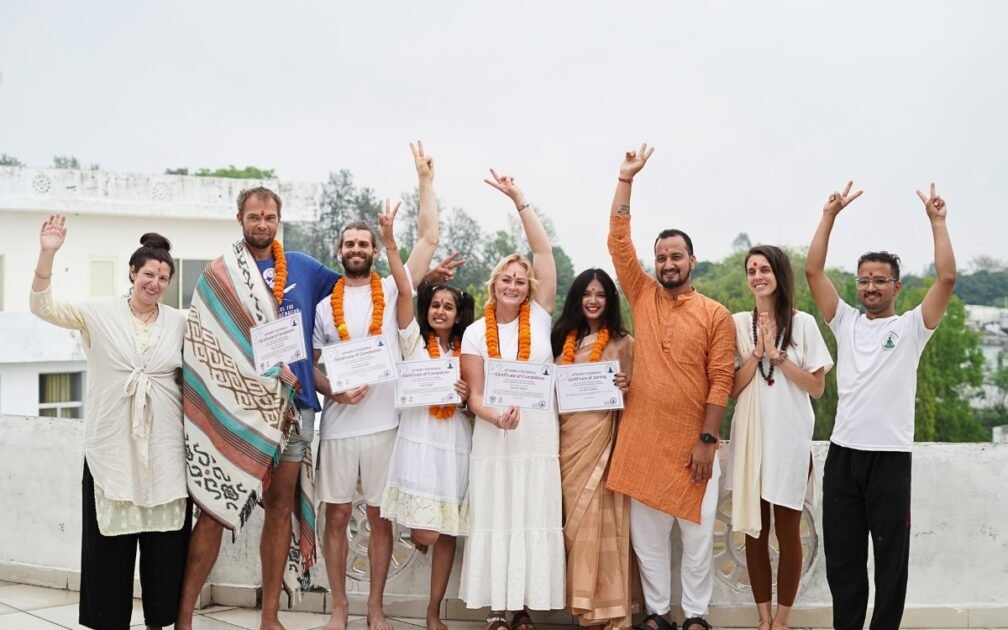
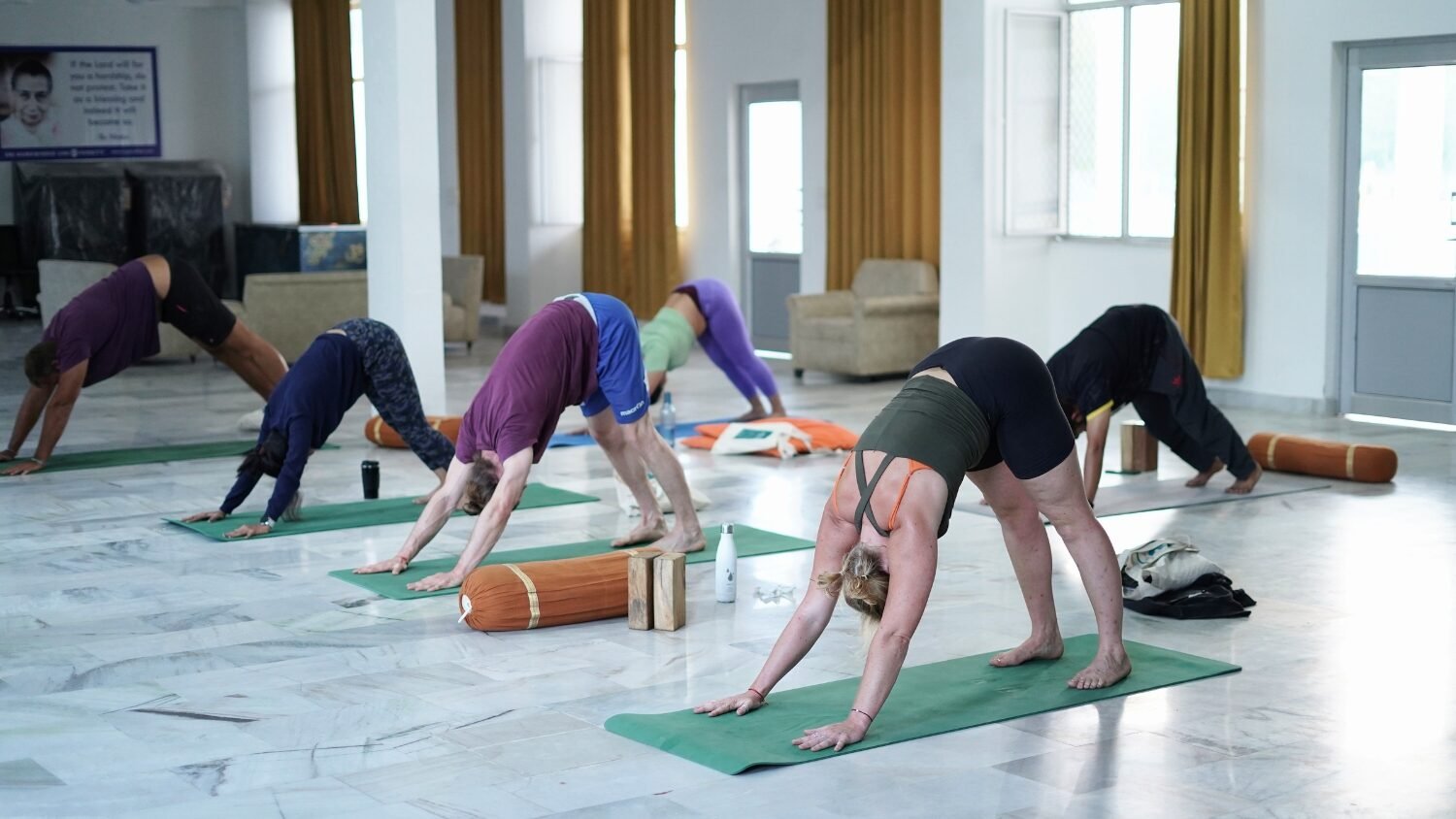
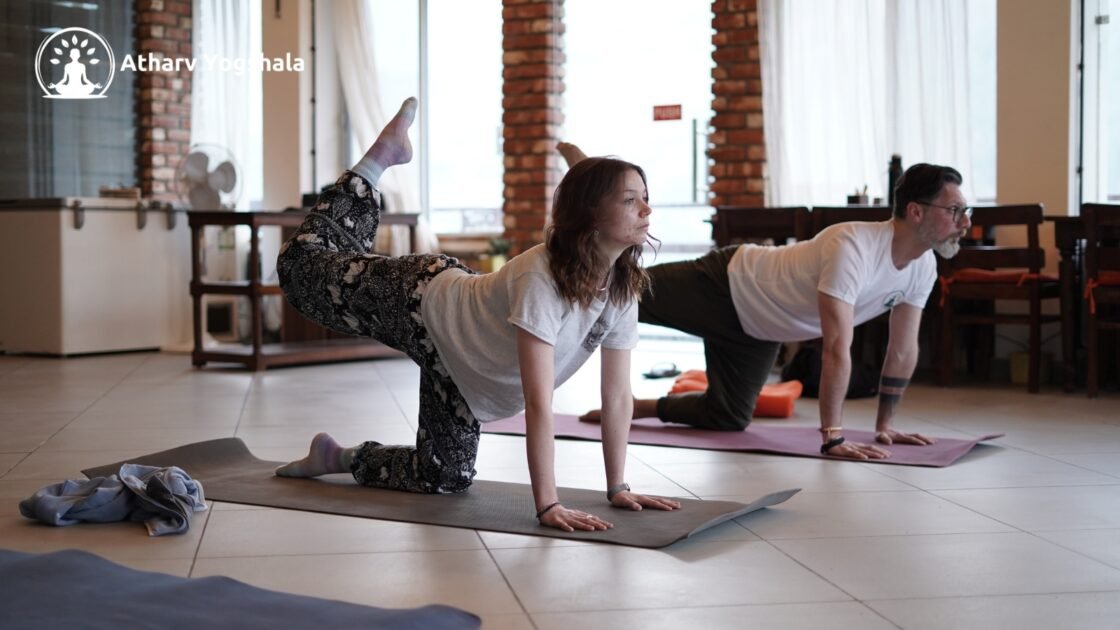


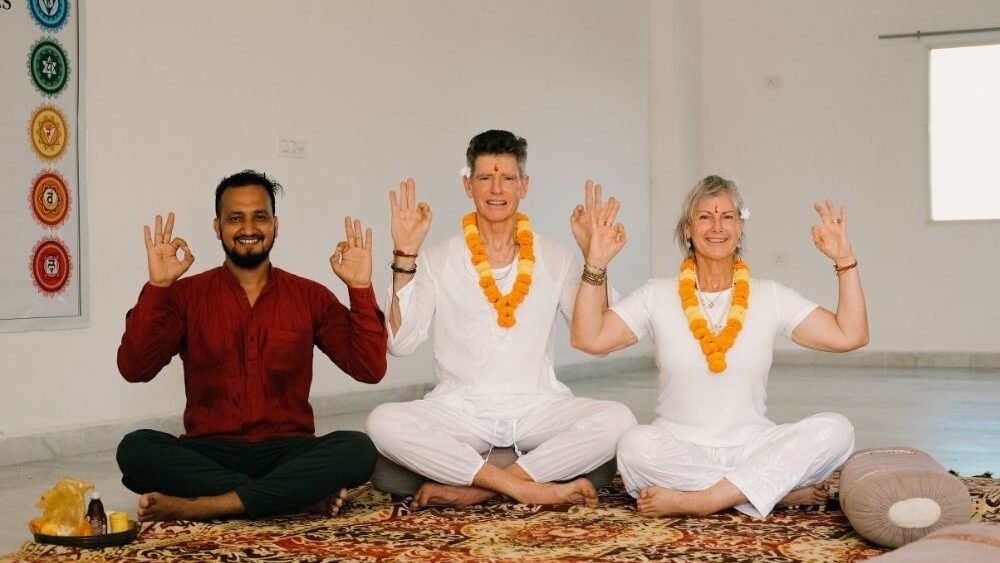
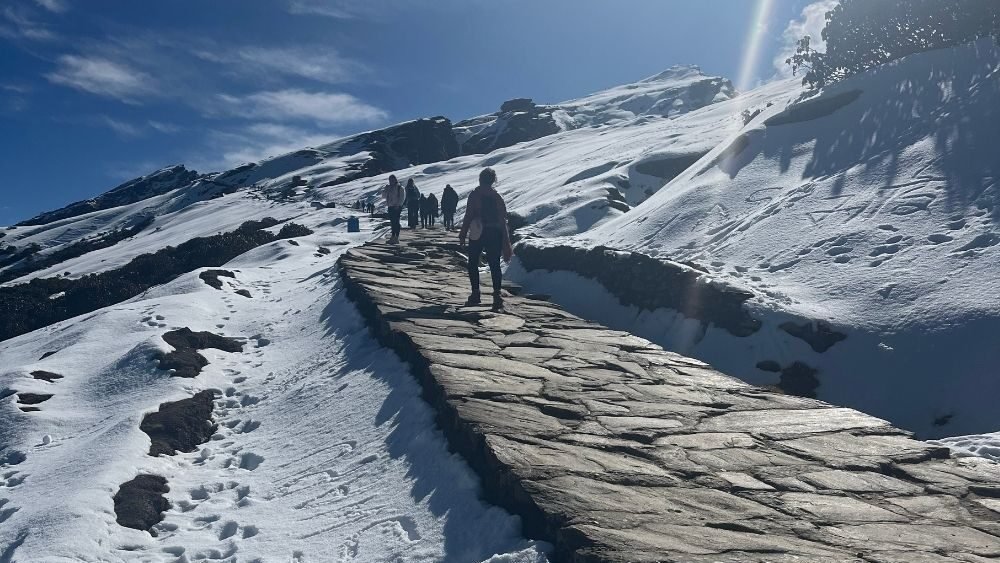
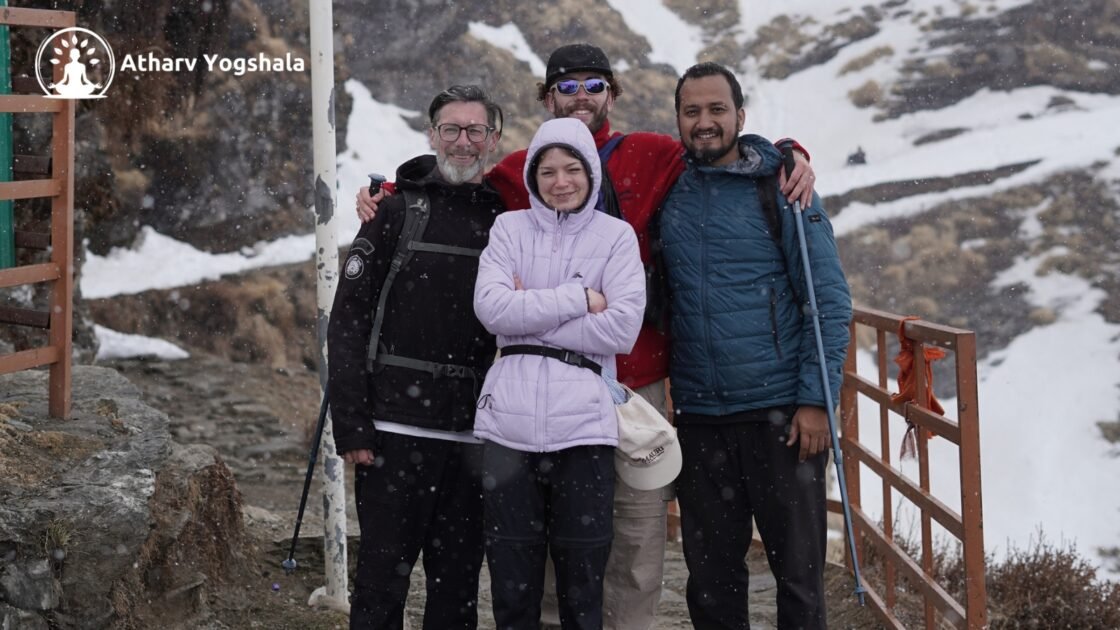


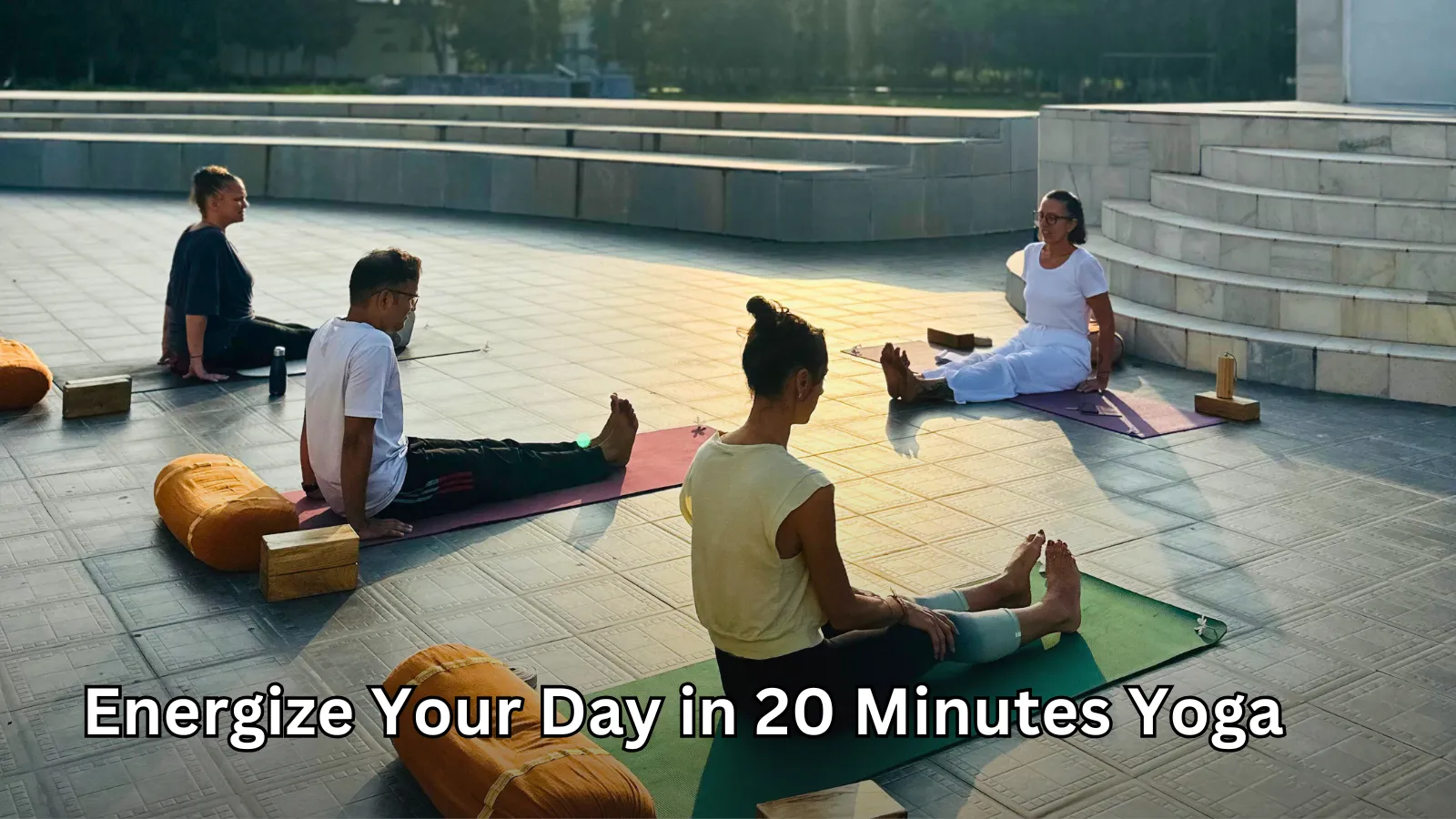
Leave a comment: